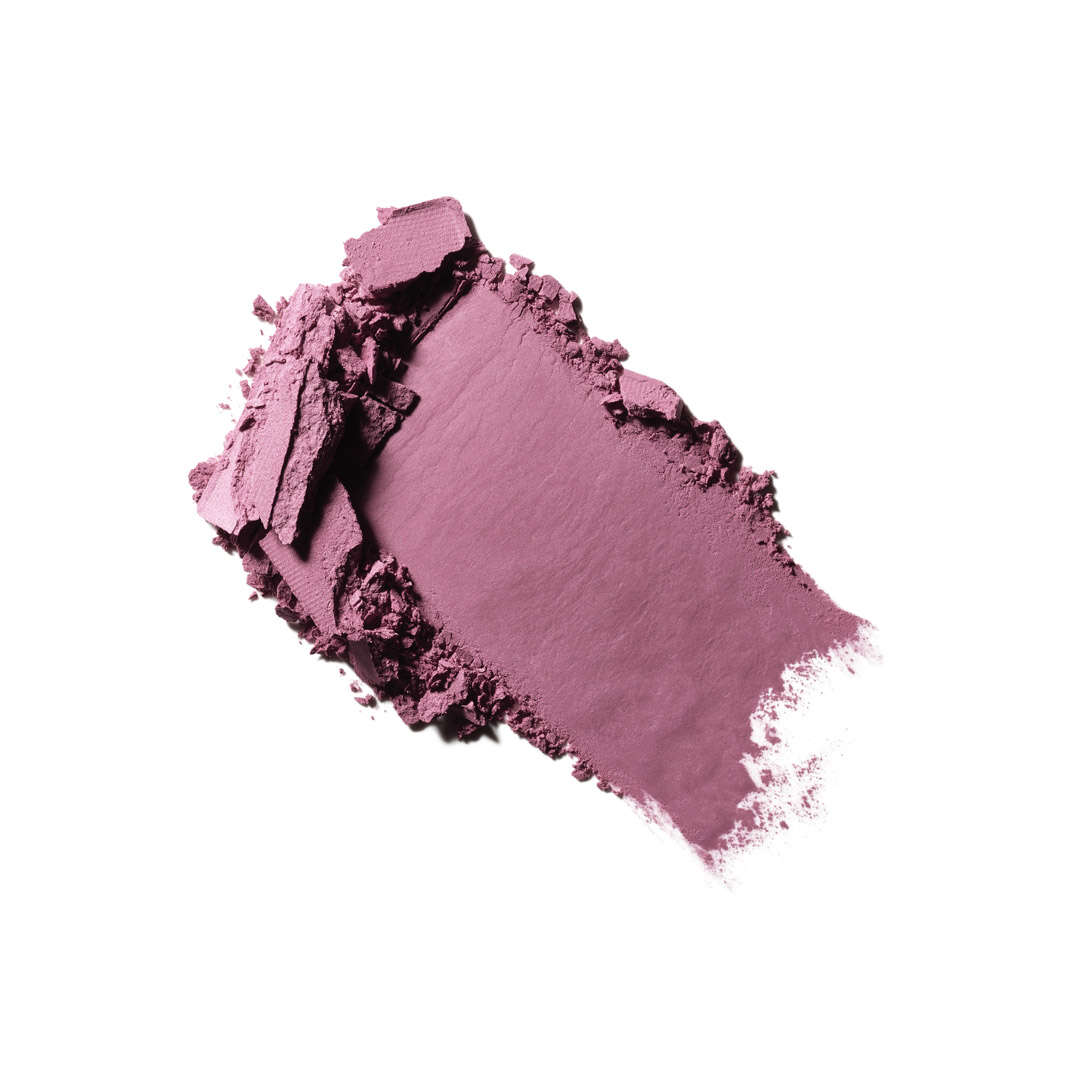
A nice, soft image can portray a mood of nostalgia that could evoke sentimental feelings. It presents a way of transforming the scene for the image creator that would otherwise be too realistic. In artistic photography, soft and blurry creates a surreal or dreamy effect that is intentional. The alternative is to edit in post, but that requires plenty of time compared to shooting in camera. This can create a clean and more flattering image, with soft shadows and not fully exposing the details. The hard light source is diffused to produce a softer type of lighting. What photographers will use for softer lighting in portraits is the softbox or even just ambient light. Harder, direct lighting can make the subject look unflattering. An example of this are features like wrinkles, pimples and beauty marks. This creates a more flattering look to certain subjects, minimizing the details that the image creator does not want. Soft light is also much preferred by portrait and artistic photographers, because it presents a cleaner and more delicate look to the image. Soft lighting has more appeal for portraits. What is important in the image is the subject and not the background, so blurring it out is a technique to get a better photo by separating the subject from the rest of the surrounding. These are the types of shots actors and actresses need in their portfolio. This blurs or softens the background, yet it is acceptable for commercial photography work for portraits and headshots. In order to get that shallow depth-of-field (DOF) in portraits, you need to have a large aperture (wider opening of the lens) to gather the light to the sensor and concentrate focus on the subject. The appeal of softness has to do with depth. Objects in motion show blur trails, yet they don’t appear ugly when the image is captured in a way that has an aesthetic appeal. Other non-sharp photos just look more interesting and engaging because of how the composition was made. For example, many portraits have blurry backgrounds called bokeh. When you look at some photos, they are not fully sharp. This is because soft images can be used for an effect that was the intention of the photographer. This brings up some contradictions though, because if you look at some brilliant photographs, they are not always sharp.

They look more acceptable because they are clear and coherent to the eyes. Ideally we want to have sharp images always. Why would you want soft images in the first place? Then again this could be subjective and based on the perspective of who is shooting. It appears soft and incoherent so this is not the result most photographers want. This results in blurry and less detailed images. When your image is not properly set in focus, you get what is called softness. For a more technical explanation of MTF follow this link. Note: MTF is beyond the scope of this article. Hard light brings out the details in images with the best sharpness. The first is the contrast C( f) at spatial frequency f, where luminance is the “modulation” value for V.

The MTF chart measures the sharpness in an image based on testing with the lens. However, we cannot really measure sharpness just by looking at an image, but there are metrics we can use from the camera lens performance. It shows these details clearly to the human eye, with coherence. Sharpness in an imaging system (from a digital perspective), means the well defined representation of boundaries between the tones and colors in an image. There is a reference chart that can be used to measure sharpness that uses a technique called Modulation Transfer Function (MTF). Let’s look at defining what sharpness and softness is in imaging to better understand the concepts. Just because the shot looks soft does not mean it was incorrectly exposed. We want our images to be sharp and in focus, but there are instances when soft is also acceptable. Yes, it does but this is not an absolute rule. “Does sharp mean an image was properly exposed?” This requires proper focus with a great lens and the best lighting possible. It really looks crisp and sharp with visual acuity. It brings out the best if not the fullest details reproducible in an image. A sharp image is properly exposed, showing a nice contrast in edges. You could reason that it requires good lighting, proper focus and a high quality lens.Īll those answers are correct, and it is related to what is called sharpness. You can answer it a number of different ways as a photographer. An Introduction To MTF And Hard/Soft Lighting


 0 kommentar(er)
0 kommentar(er)
